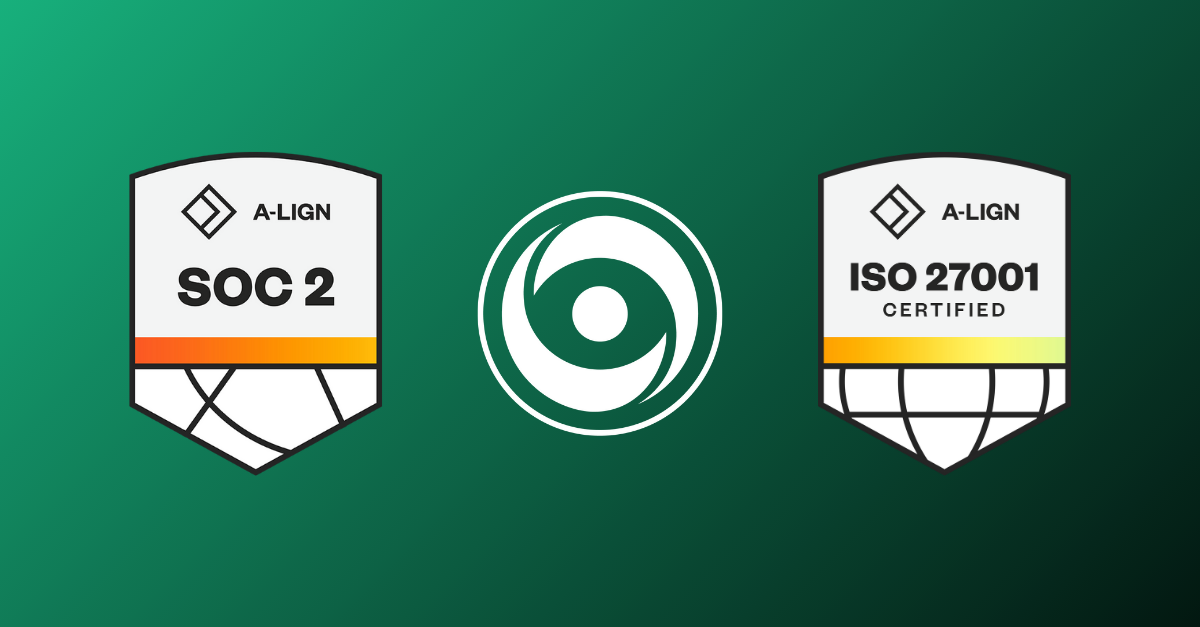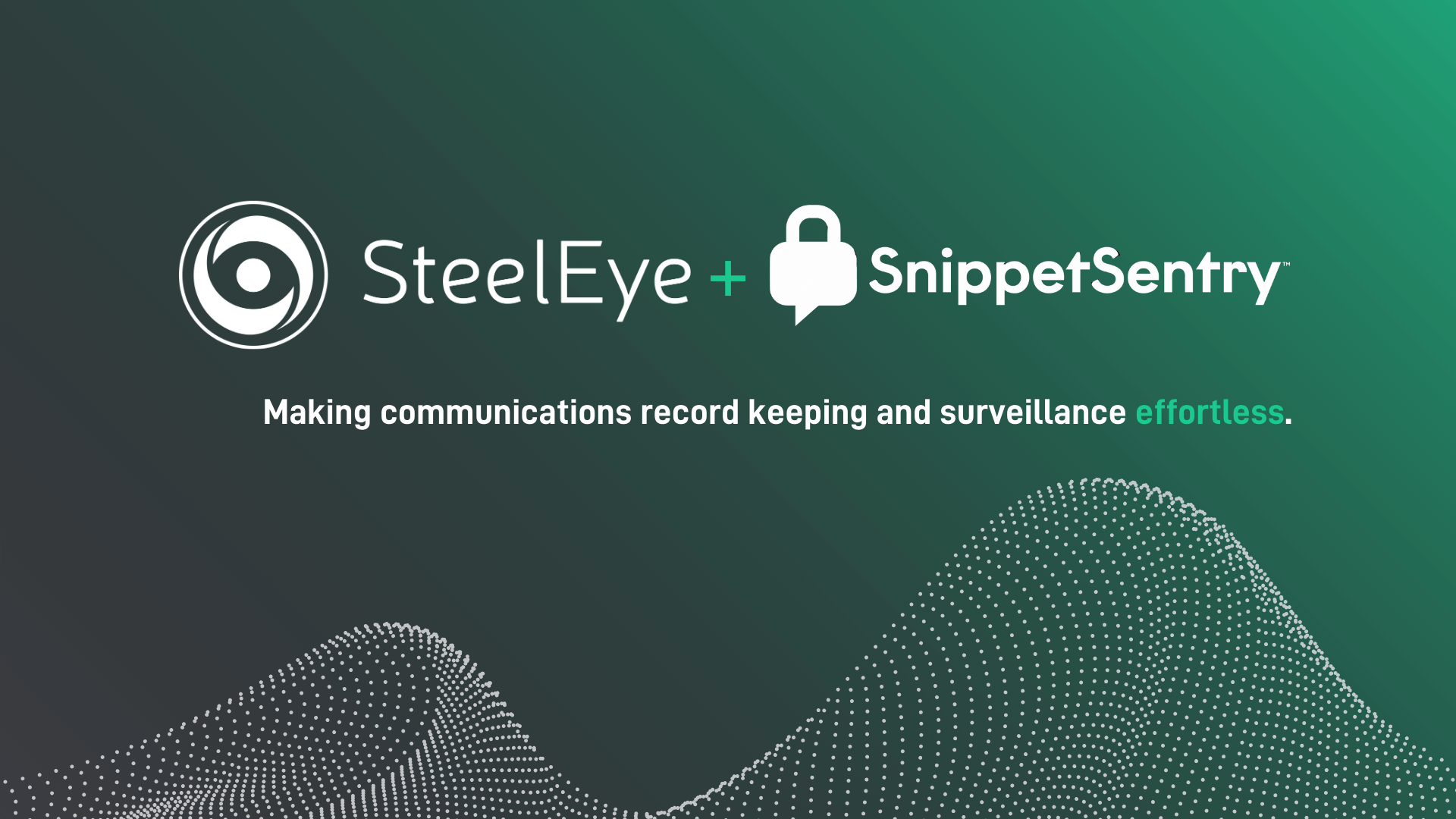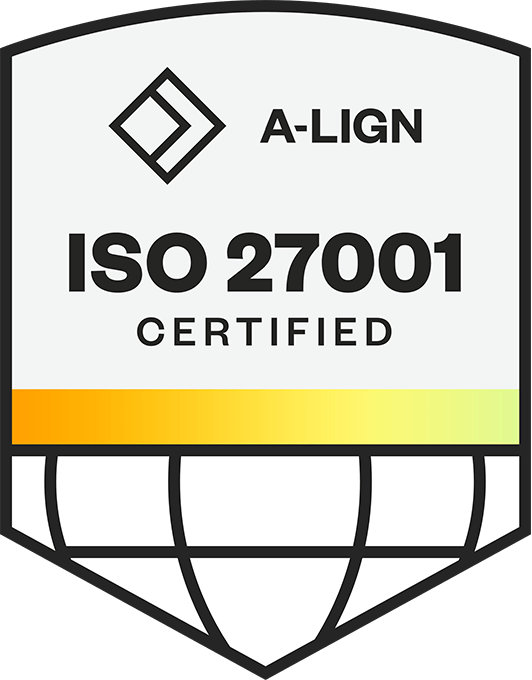In this article, we discuss the best execution challenges firms face today. We then look at the best practices that can enable firms to not only meet their best execution requirements and demonstrate that the best outcome was been achieved, but also leverage their data to drive better performance.
Topic covered:
Introduction to Best Execution
Over recent years, the requirements for best execution have dramatically increased. In Europe, the introduction of MiFID II in 2018 brought with it stricter best execution rules. In North America, regulations like Dodd-Frank introduced highly prescriptive rules around how firms need to demonstrate to their clients that they achieved the best outcome.

Whilst the regulations in Europe and the US differ somewhat, in general, both sets of rules require firms to evidence that they are acting in their clients’ best interests on all trades. This involves regular analysis and reporting of a firm’s trading outcomes compared to the market.
Acquiring and bringing together the data needed to do this is a significant challenge since it is often spread across multiple platforms and is prohibitively expensive. There are also a range of other challenges firms face when managing best execution. But before we go into the best execution challenges, we will first look at what best execution is.
What is Best Execution?
Best execution generally represents a set of rules and obligations that requires authorized financial services firms, such as brokers, asset managers, and investment firms, to achieve the best possible result for clients when executing their orders. Traditionally, best execution has been measured on whether the best price was achieved on a given order. Today, other factors including the cost, speed, likelihood, and size of execution have also become important.
What is the role of Transaction Cost Analysis in Best Execution?
Transaction cost analysis (TCA) is an important tool for analyzing the execution quality of a trade in order to assess whether best execution was achieved. It uses market pricing and reference data to enable trading and compliance teams to compare the company's executions against the wider market.
While TCA has become a useful tool for compliance with regulations such as MiFID II and Dodd-Frank, it does not reflect all the factors involved in understanding if a trade has achieved best execution as it focuses on price alone. To truly understand if a trade achieved best execution, other factors need to be analyzed so that a holistic picture can be created.
What is an Order Execution Policy?
An order execution policy sets out the steps that a regulated financial services firm will take to ensure that they obtain the best possible results for their clients when carrying out transactions on their behalf.
What are the Best Execution requirements today?
The rules differ depending on the country the financial firm is operating in and local regulations in place. However, in general terms, they require financial institutions that handle client orders to:
-
Analyze their trading activity
-
Benchmark that activity against the market
-
Report on whether best execution was achieved
How do the best execution rules differ between Europe and the US?

The best execution requirements in North America are very prescriptive, leaving little room for interpretation. There is a narrow framework that firms need to meet which specifically looks at whether the best price was achieved. It is therefore easy to answer whether the best execution requirements were met in the US by simply answering: Did we achieve the best price?
In Europe and the UK, it is more complicated. The best execution rules under MiFID II are more open for interpretation since best execution can be measured not just on price but also on cost, speed, likelihood of execution and settlement, size, nature, and any “other relevant considerations”.
This combination of factors makes it more complicated to calculate best execution since firms need to answer: Did we achieve the best price? Did we execute the order quickly enough? Did we get the most optimal cost for the client? And so on...
In both the US and Europe, meeting the best execution requirements can be difficult to get it right. Firms need to be able to monitor all executions, determine that they fall within or outside of their OEP, investigate issues, and facilitate reporting on the performance of executions.
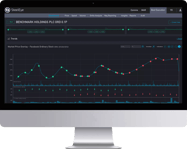 |
Meet your Best Execution requirements SteelEye's Best Execution Solution
|
What are the common best execution challenges firms face today?
The common best execution challenges can be defined across four categories:
-
 Systems and controls
Systems and controls
Compliance teams need to capture data from and monitor the wide range of platforms and systems used by front-office teams. They also need to ability to ensure that best execution methodologies and rules are being followed. Many lack the oversight to do this effectively, which makes it difficult for firms to identify best execution failures or poor client outcomes.
-
Proving best execution across all types of instruments
All asset classes are different and need to be treated differently. While we have seen a move towards multi-asset trading over recent years, that does not mean that the calculations and tools used to prove best execution can be the same for multiple asset classes. For example, TCA is difficult to standardize across asset classes and is hard to use for less liquid instruments. As a result, a wide set of knowledge and expertise is required both within trading and compliance teams to understand exactly how to treat each asset class.
-
Access to high-quality Best Execution data
Continuous access to reference and market data is one of the most crucial aspects for effective best execution analysis and reporting. Performing best execution requires high-quality internal data as well as the right external data for benchmarking. For some non-equity, less liquid types of instruments, good benchmarks are challenging to find – which is why they are difficult to carry out TCA on.
-
Compiling data manually for best execution reporting
Firms usually need to bring together and normalize structured and unstructured data from several internal sources to compile the required best execution reports. This can be onerous, costly and result in manual errors – increasing the risk of regulatory scrutiny.
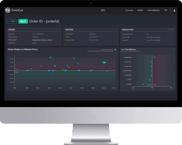 |
Improve your trading performance with SteelEye's advanced Transaction Cost Analysis solution
|
How can firms address these challenges and meet their best execution requirements?

For financial services firms to effectively meet their requirements and easily demonstrate best execution they need a solution that enables them to capture, clean, normalize and analyze data from a range of sources – both internal and external.
Once unified, firms then need to be able to compare their own trading data against industry reference points and benchmarks to determine the relative performance of each execution and whether it has fallen within or outside the firm’s OEP. The key to doing this successfully lies in effectively managing best execution data.
By bringing together all relevant data under a single lens, firms can go beyond just meeting their obligations and start to use that data more intelligently. This is a trend we have seen grow over recent years, where firms are getting smarter about how they trade by better leveraging their data. For example, there has been an acceleration toward alerting to optimize executions. Alerts are traditionally used for risk management purposes to for example proactively flag when an execution falls outside of a firm’s OEP. Now, broader use of alerting is being used for best execution to better manage orders and access new liquidity – to create new opportunities and drive better trading performance.
Modern best execution solutions that are grounded on data management and automation enable firms to easily demonstrate compliance with best execution rules and automatically flag anomalies, risks, and outliers. With data at the center, these solutions also enable firms to fully leverage their trading data to drive better performance.
For compliance and front office teams, this can translate into greater efficiency alongside the knowledge that compliance obligations are being met. By having the latest technology in place firms are also future-proofed, meaning that they are always able to easily adapt to regulatory or any other unexpected changes.

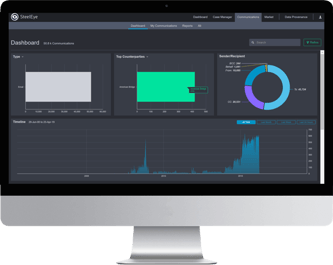 |
Let us show you how we simplify compliance
We’ll give you a tour of our platform, so you can see how data-driven compliance drives better results.
|





 Systems and controls
Systems and controls



